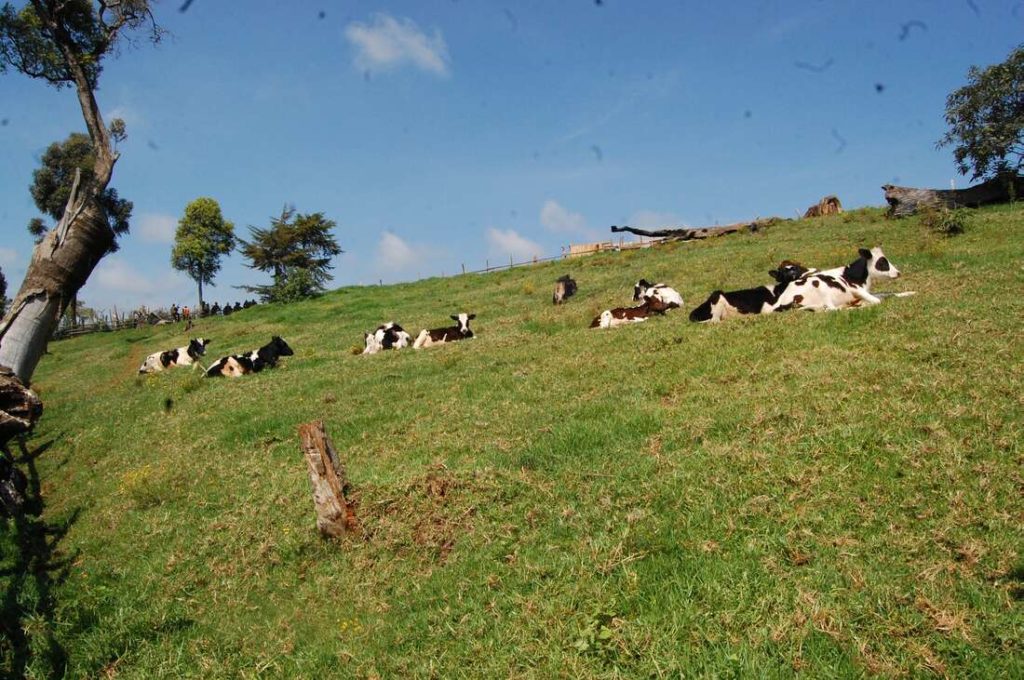Dairy cattle. FILE PHOTO | NMG Thousands of Kenyan farmers have lost a source of livelihood due to the effects of infectious animal diseases such as the East Coast Fever, Rift Valley Fever (RVF) and foot-and-mouth over the years.
The diseases continue to ravage thousands of livestock annually despite many researches conducted on them.
The occurrence of infections means regular income and food losses, including meat and milk.
Eradication of the diseases has been unsuccessful owing to a lack of modern scientific laboratories, early detection programmes to avert the diseases from spreading out, low funding, and limited human capacity such as scientists in the country.
However, the Food and Agriculture Organisation (Fao) has developed a web-based Rift Valley Fever Early Warning Decision Support Tool to help battle the disease.
The system integrates FAO’s EMPRES Global Animal Disease Information System’s that provides Rift Valley Fever’s historical and current data as well as expert knowledge on its eco-epidemiology.
The Rift Valley Fever Early Warning Decision Support Tool (RVF DST) will combine data for monitoring climate variability and other risk factors, including observed and forecast precipitation and anomalies, Normalised Difference Vegetation Index and anomalies and land surface temperature, according to FAO.
Others include El Niño forecasts, estimates and geographic distribution of susceptible, at-risk livestock species, past, and current Rift Valley Fever occurrences, human population, marketplaces, road networks, animal trade routes, water bodies and irrigation areas and soil.
“In addition, the tool offers expert knowledge on RVF eco-epidemiology (such as the FAO–International Livestock Research Institute Decision Support Framework), risk assessment and categorisation, analytical functions and charts of trends in major risk factors, as well as recommended actions to guide appropriate responses to RVF at country level,” says FAO in the report.
“An automated risk analysis report with charts of major risk factors, estimated animals at risk, and risk maps can be downloaded,” it adds. The Rift Valley Fever, whose outbreaks are associated with prolonged rains, is a highly infectious disease transmitted to humans by mosquitoes or close contact with contaminated animals’ blood or organs, according to the World Health Organisation.
The disease can cause blindness and severe haemorrhaging, with no specific treatment or effective human vaccine, leading the victim to vomit blood or even bleed to death.The FAO has also developed a One Health guideline document for Rift Valley Fever preparedness, response, and contingency plans involving a pool of international, regional, national experts and epidemiologists from national veterinary services.The 2019 Rift Valley Fever […]
